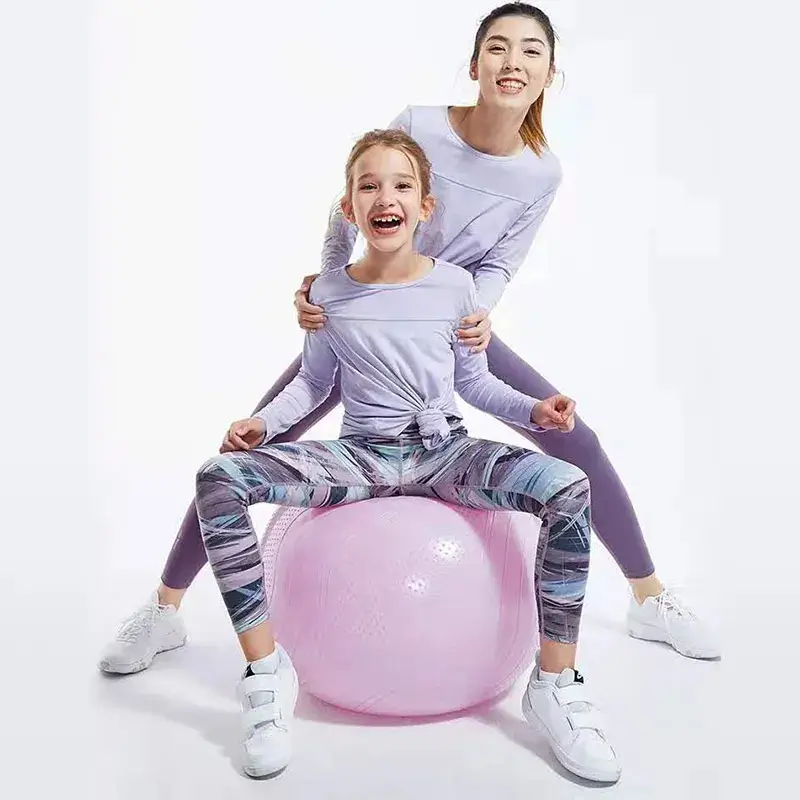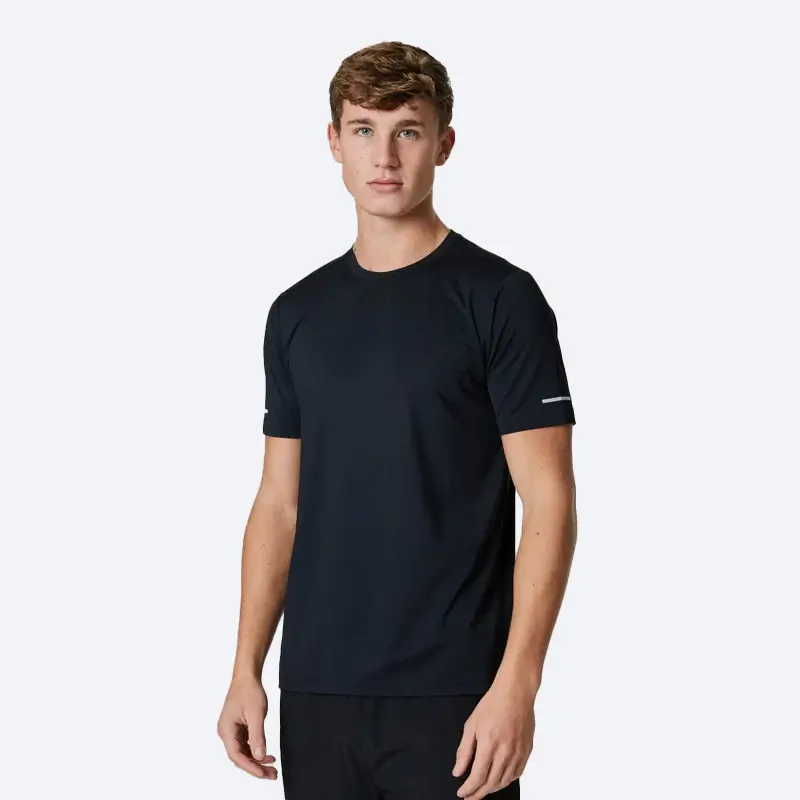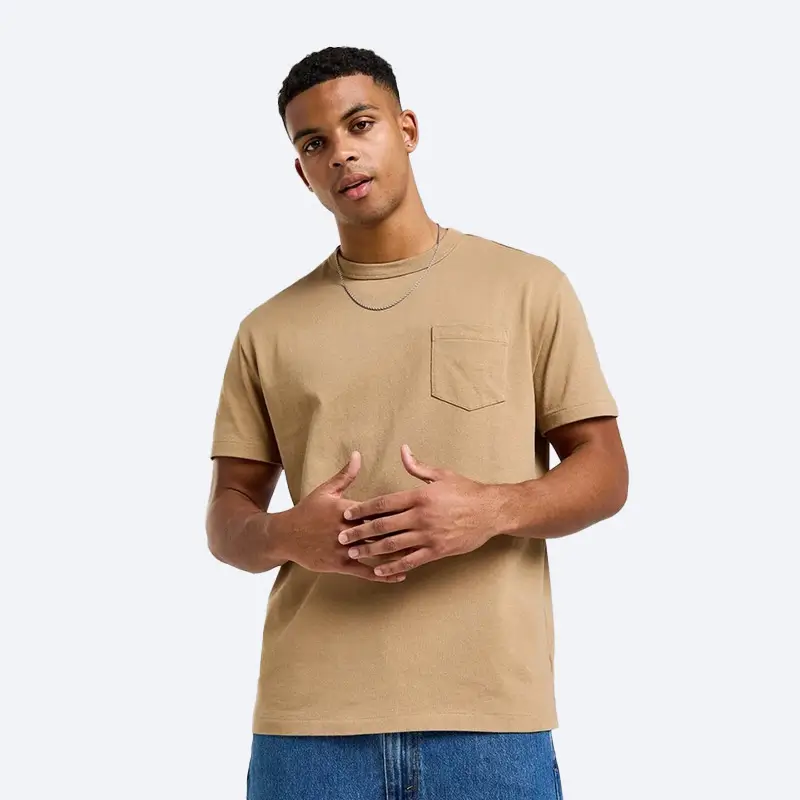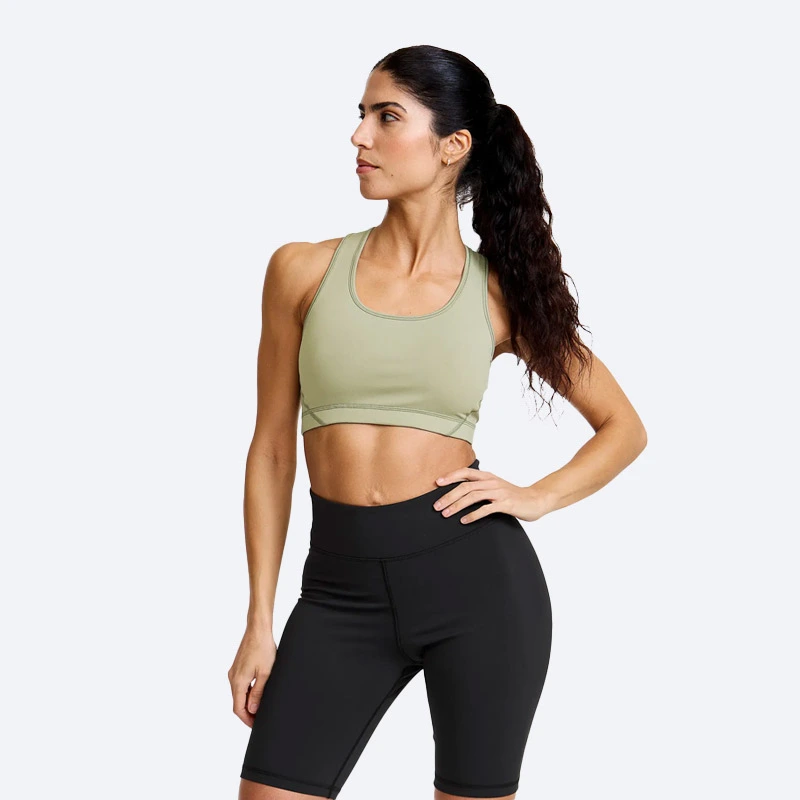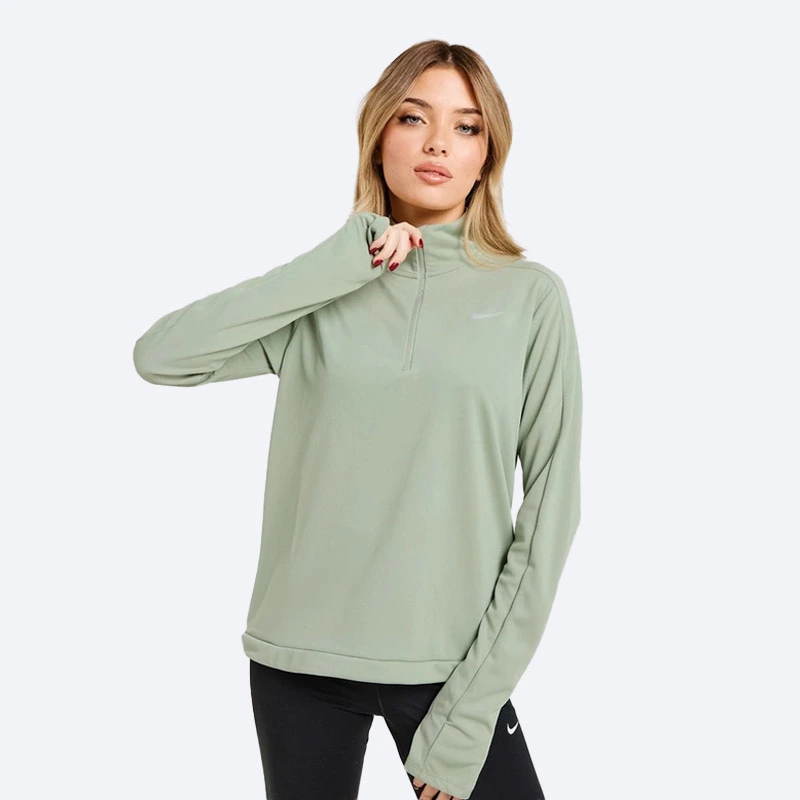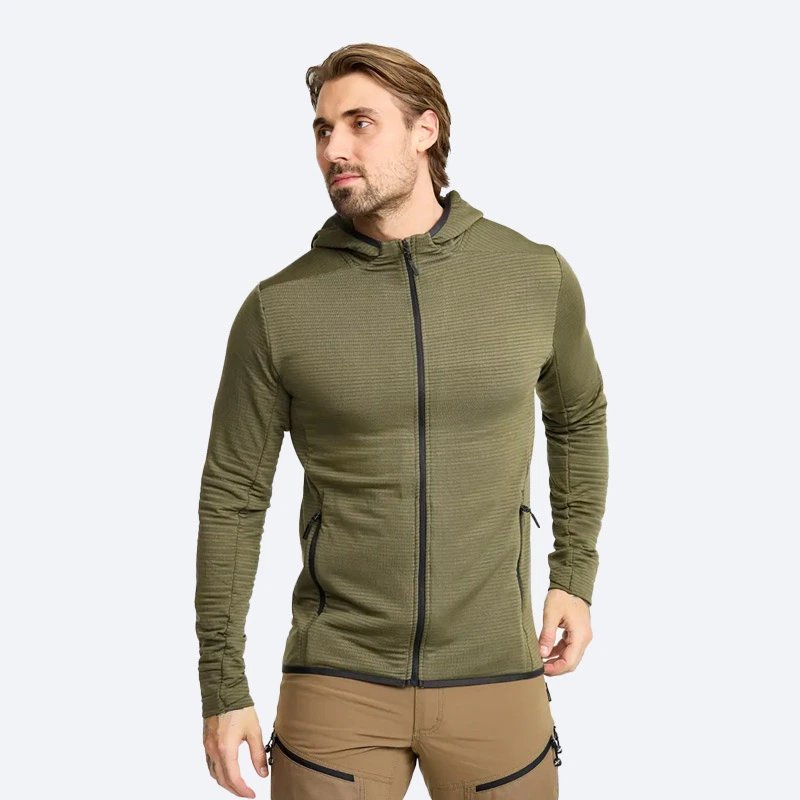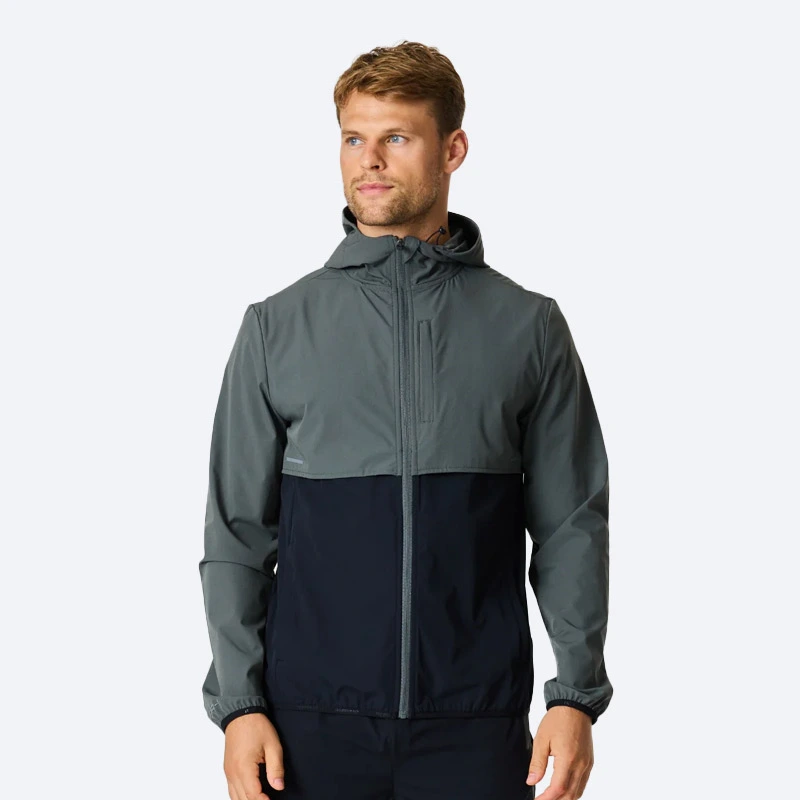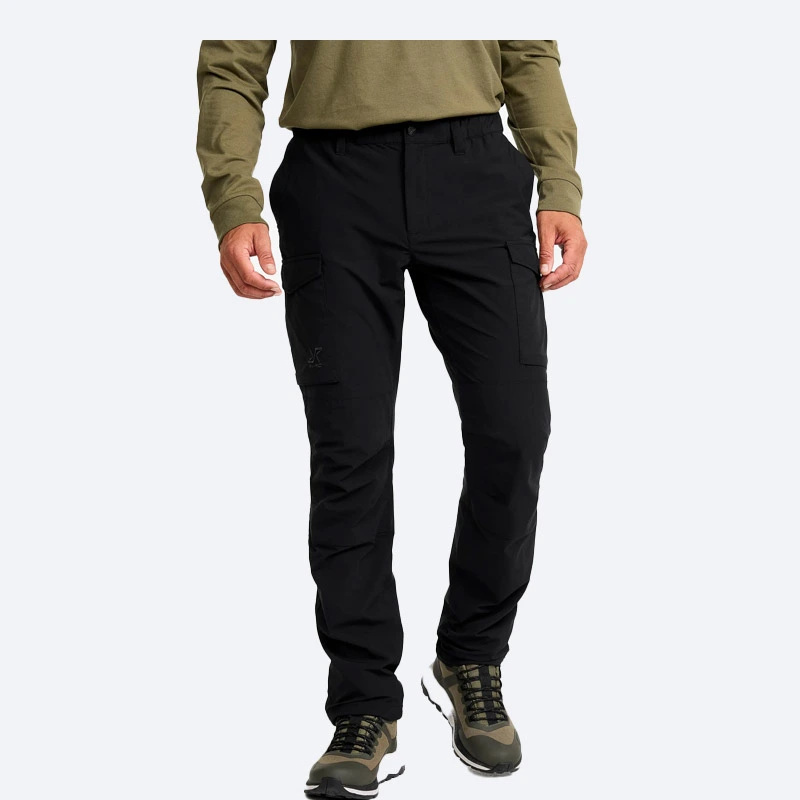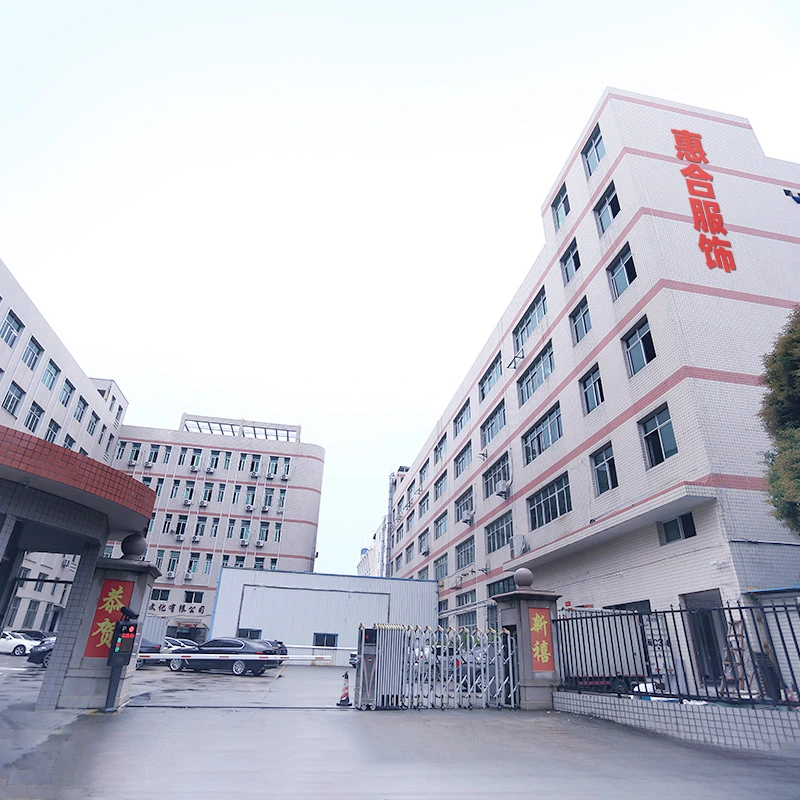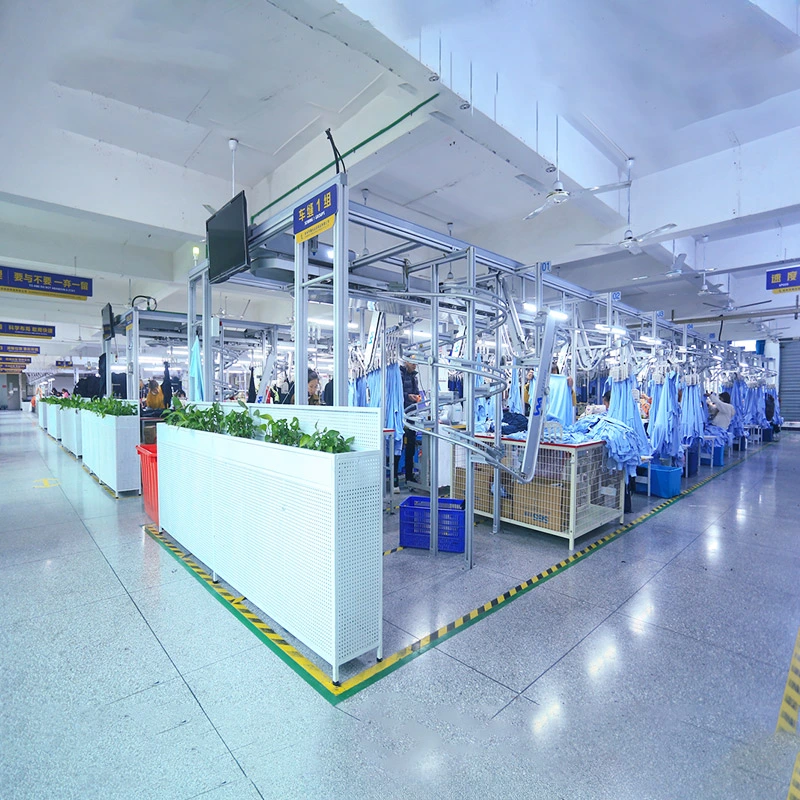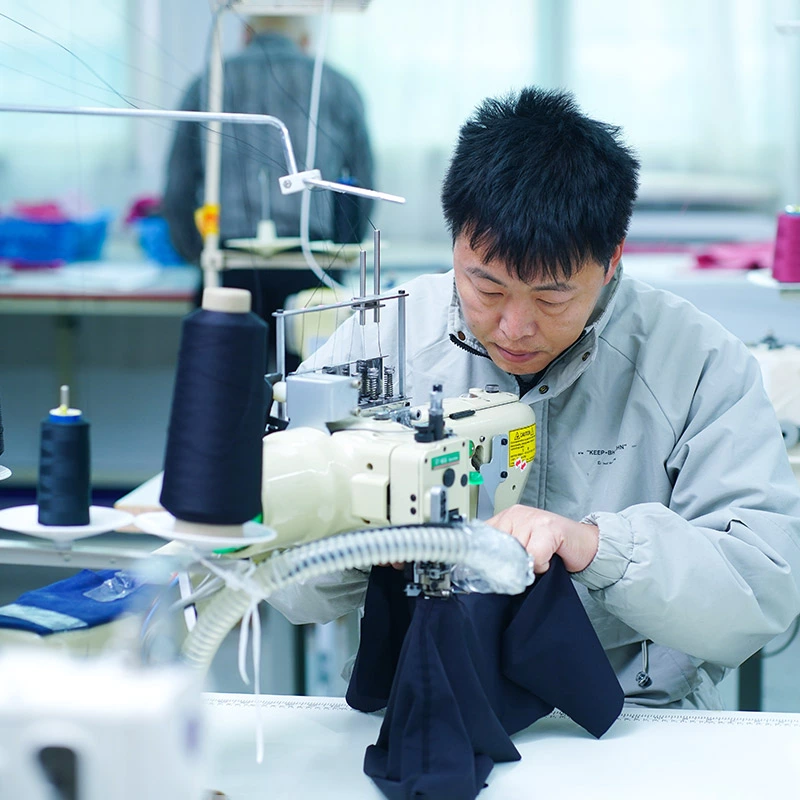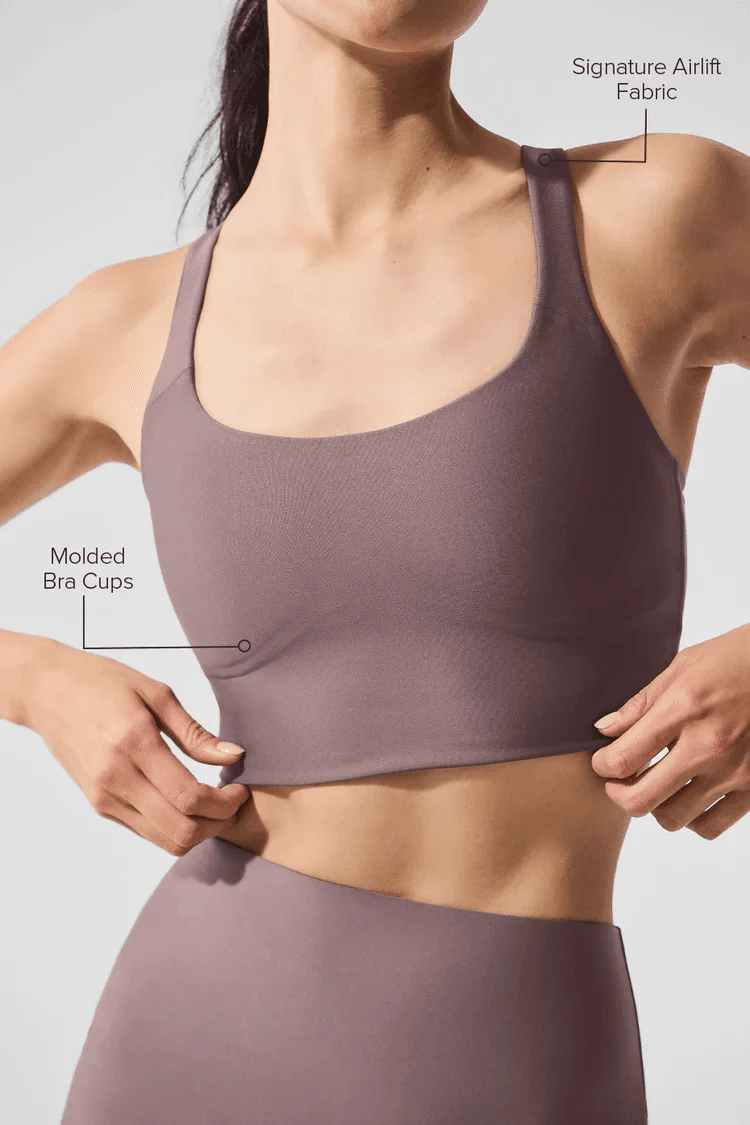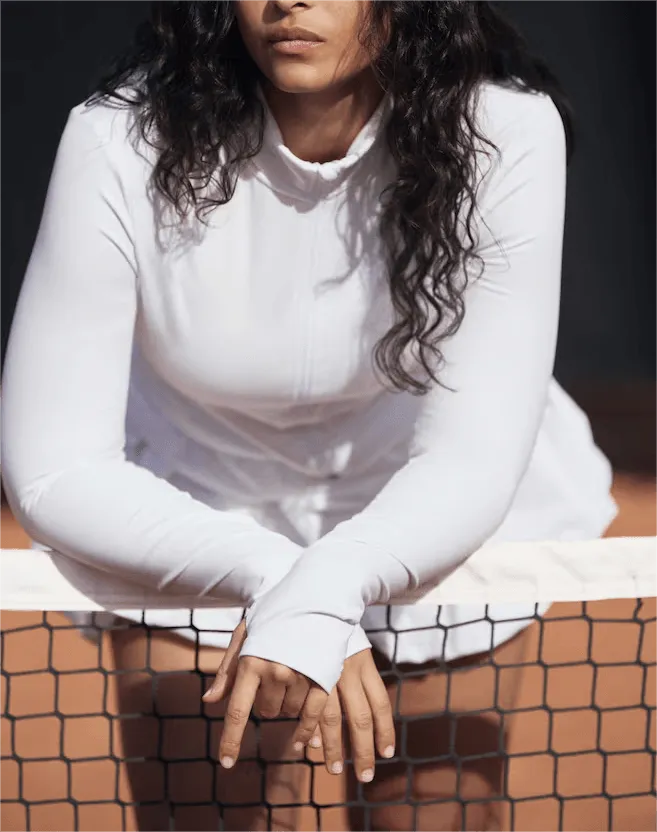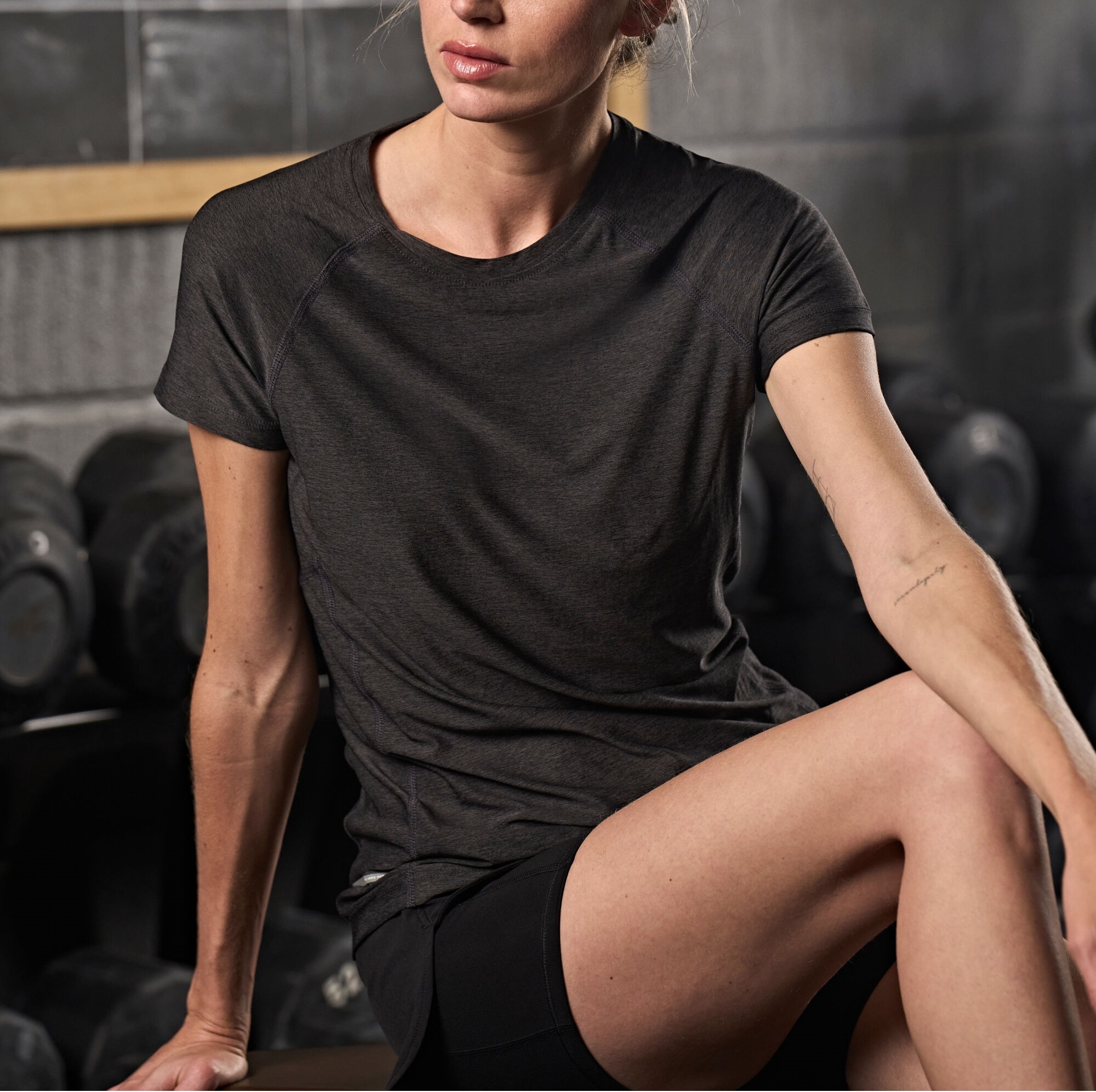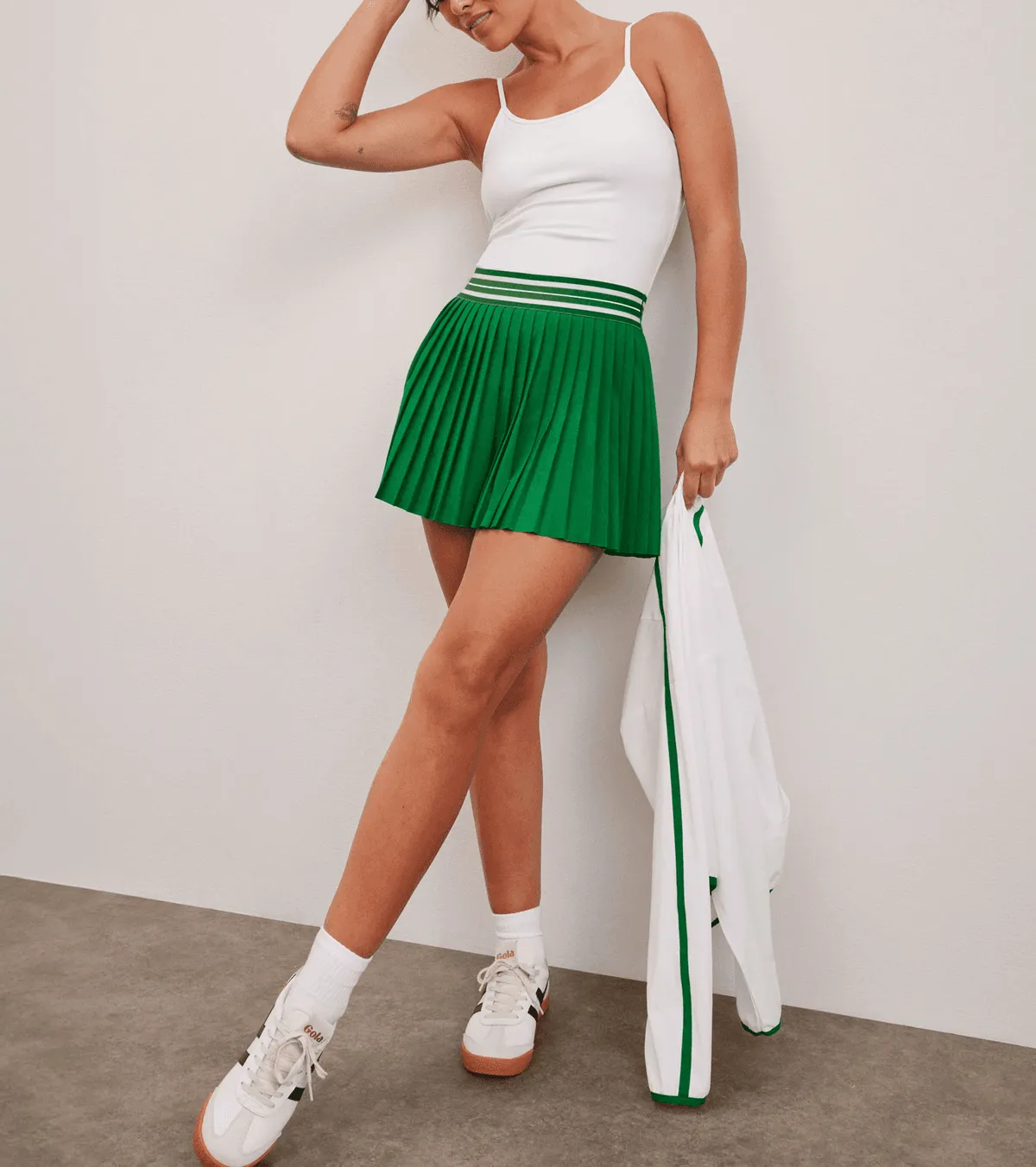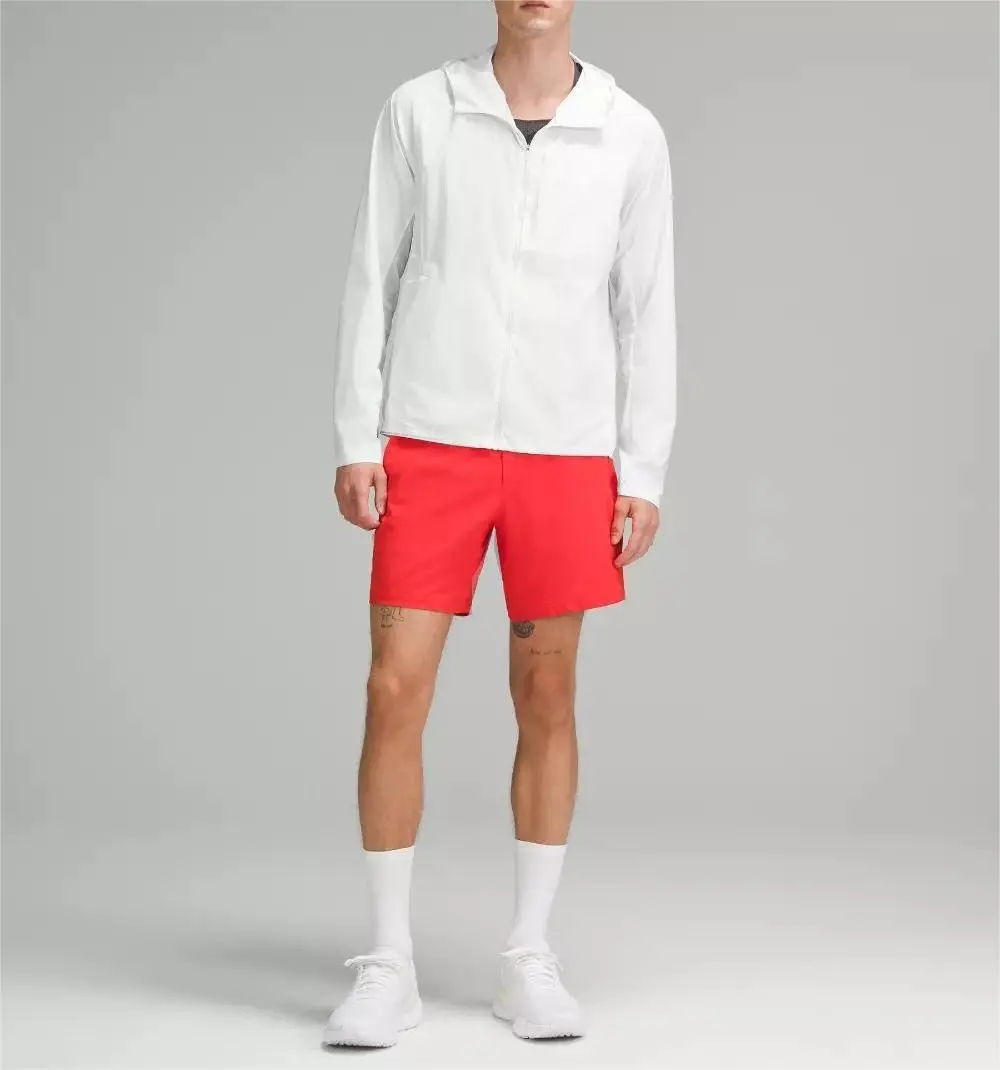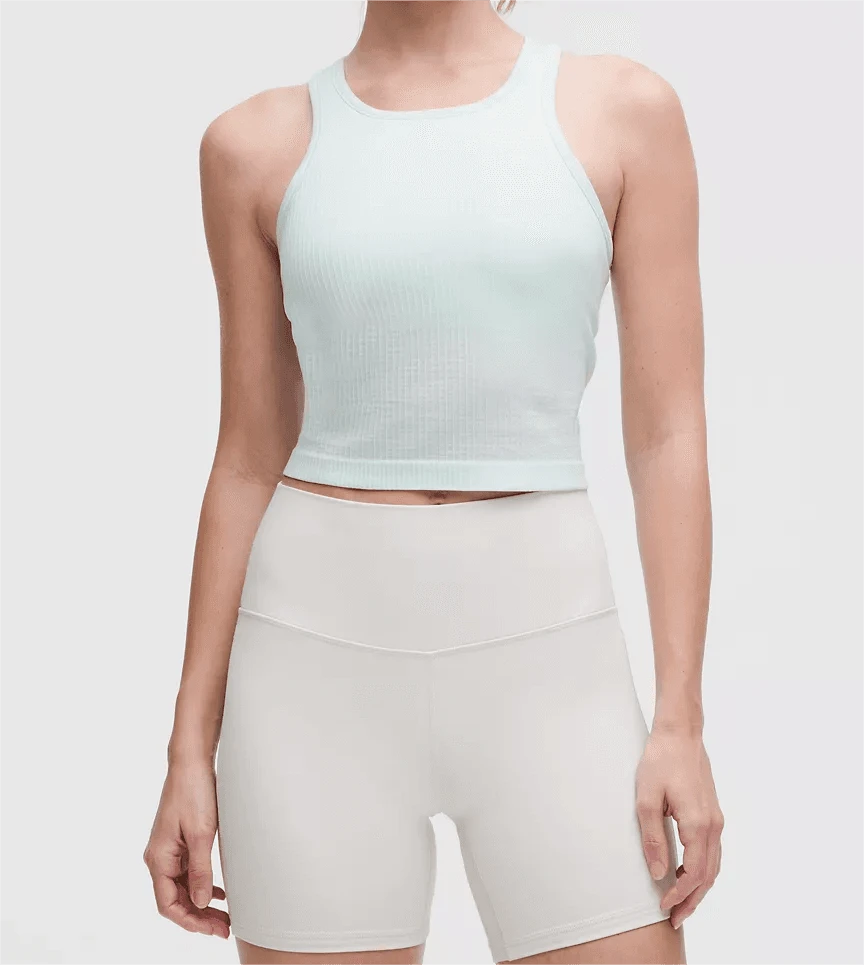22
2025
-
07
How Lightweight Activewear Enhances Performance in Sports
Author:
How Lightweight Activewear Enhances Performance in Sports Table of Contents The Science Behind Lightweight Activewear Benefits of Lightweight Activewear A Comprehensive Materials Guide for Activewear Fit and Design Essentials for Optimal Performance Lightweight Activewear for Different Sports How to Choose the Best Lightweight Activewear Maintenance and Care Tips f
How Lightweight Activewear Enhances Performance in Sports
Table of Contents
- The Science Behind Lightweight Activewear
- Benefits of Lightweight Activewear
- A Comprehensive Materials Guide for Activewear
- Fit and Design Essentials for Optimal Performance
- Lightweight Activewear for Different Sports
- How to Choose the Best Lightweight Activewear
- Maintenance and Care Tips for Your Activewear
- Conclusion
The Science Behind Lightweight Activewear
Lightweight activewear has revolutionized the way athletes approach their training and competition. The primary function of activewear is to enhance performance through the integration of advanced fabric technologies and engineering. Fabrics like mesh, nylon, and polyester serve as the foundation for these innovations, providing breathability, moisture-wicking capabilities, and stretch.
Moisture-wicking technology is particularly crucial. It pulls sweat away from the skin, allowing for faster evaporation—thereby keeping athletes dry and comfortable. This reduction in moisture build-up not only enhances comfort but also minimizes the risk of chafing and irritation. Furthermore, lightweight materials allow for greater freedom of movement, which is essential in high-performance sports.
Benefits of Lightweight Activewear
The benefits of lightweight activewear extend beyond mere comfort. **Performance enhancement** is achieved through various means:
1. Improved Mobility and Flexibility
The lightweight nature of activewear allows for **greater range of motion**. Athletes can move freely without feeling restricted by heavy fabrics. This is particularly beneficial in sports that require agility, such as basketball, soccer, and gymnastics.
2. Temperature Regulation
Advanced fabrics are designed to regulate body temperature. During intense physical activity, body heat increases, and lightweight activewear helps dissipate this heat, keeping the body cool. This is vital for maintaining performance levels over prolonged periods.
3. Enhanced Comfort
Lightweight activewear often features ergonomic designs that prioritize comfort. Seamless constructions, flatlock seams, and soft-touch fabrics contribute to a comfortable fit, allowing athletes to focus on their performance without distractions.
4. Quick-Drying Properties
In the heat of competition or intense training, sweat can accumulate quickly. Lightweight activewear's moisture-wicking properties ensure that sweat evaporates swiftly, keeping athletes dry and comfortable, which is crucial for maintaining performance.
5. Lightweight and Packable
For athletes on the go, the **packability** of lightweight activewear is a significant advantage. It can easily fit into gym bags or backpacks without adding bulk, allowing for convenient transportation to and from training sessions.
A Comprehensive Materials Guide for Activewear
Choosing the right fabric is paramount to maximizing the benefits of lightweight activewear. Here’s a breakdown of commonly used materials in activewear:
1. Polyester
Polyester is one of the most popular materials due to its durability and moisture-wicking properties. It dries quickly and is resistant to shrinkage and stretching.
2. Nylon
Nylon is lightweight and strong, making it ideal for high-performance sports. It offers excellent flexibility and comfort, often used in running and cycling gear.
3. Spandex (Lycra)
Known for its exceptional elasticity, spandex is frequently blended with other fabrics to enhance stretch. This combination allows for a snug fit that moves with the body.
4. Bamboo Fibers
Bamboo materials are gaining popularity due to their eco-friendliness and natural moisture-wicking properties. They’re soft to the touch and provide excellent breathability.
5. Merino Wool
Merino wool, although heavier than synthetic options, offers natural temperature regulation and moisture-wicking capabilities, making it ideal for cooler climates.
Fit and Design Essentials for Optimal Performance
The fit and design of activewear are as important as the materials used. Here are key considerations:
1. Tailored Fit
Activewear should be fitted but not restrictive. A tailored fit allows for **freedom of movement** while providing support where needed.
2. Breathable Panels
Incorporating breathable mesh panels in areas prone to sweating can significantly enhance airflow, keeping athletes cooler and more comfortable during intense activities.
3. Reflective Elements
For outdoor athletes, reflective elements on activewear can enhance visibility in low-light conditions, promoting safety during early morning or late evening workouts.
4. Four-Way Stretch
Activewear with four-way stretch capabilities ensures that garments move with the body, accommodating a wide range of motions without losing shape.
5. Moisture Management Features
Look for activewear with built-in moisture management features to ensure sweat is swiftly pulled away from the skin, enhancing comfort and performance.
Lightweight Activewear for Different Sports
Different sports demand different features from activewear. Here’s how lightweight activewear caters to various athletic activities:
1. Running
For runners, lightweight, moisture-wicking fabrics are essential to minimize drag and keep the body cool. Look for fitted styles that allow for a full range of motion.
2. Yoga
Yoga practitioners benefit from breathable, stretchy materials that allow for flexibility and comfort during poses. **High-waisted** leggings and soft tops are popular choices.
3. Cycling
Cyclists require padded shorts and breathable jerseys that enhance comfort during long rides. Lightweight fabrics that offer sun protection are also advantageous.
4. Team Sports
In team sports like soccer or basketball, moisture-wicking jerseys and shorts that emphasize movement and breathability are ideal for maintaining performance levels during games.
5. Outdoor Activities
For hiking or climbing, lightweight activewear provides the necessary durability and weather resistance while remaining breathable for comfort throughout the day.
How to Choose the Best Lightweight Activewear
Selecting the right lightweight activewear involves careful consideration of several factors:
1. Identify Your Needs
Consider the type of activities you engage in regularly. Different sports have specific requirements in terms of fit, fabric, and function.
2. Check the Material
Opt for lightweight fabrics that offer moisture-wicking and breathable properties. Always check the label for specific features.
3. Focus on Fit
Choose a fit that allows for comfort and movement. Avoid overly tight clothing that may restrict motion and airflow.
4. Prioritize Brand Reputation
Research brands known for their commitment to quality and performance in activewear. Reviews from other athletes can provide invaluable insights.
5. Test Before You Buy
If possible, try on activewear to test for comfort, fit, and flexibility. Movement is key, so ensure the garment meets your needs during physical activities.
Maintenance and Care Tips for Your Activewear
Proper care can extend the life of your lightweight activewear, ensuring it continues to perform at its best:
1. Follow Washing Instructions
Always adhere to the care label instructions. Typically, machine washing in cold water and air drying are recommended for activewear.
2. Avoid Fabric Softener
Fabric softeners can hinder the moisture-wicking abilities of activewear. Instead, use mild detergents to maintain fabric integrity.
3. Store Properly
Store activewear in a cool, dry place to prevent mold and odor buildup. Avoid cramming them into tight spaces which can cause wrinkles and damage.
4. Regularly Inspect for Wear
Check for signs of wear and tear, especially if you’re using activewear frequently. Early detection can save you from performance issues down the line.
5. Rotate Your Activewear
Having multiple outfits allows for rotation, ensuring each piece has ample time to recover between uses, prolonging its lifespan.
Conclusion
Lightweight activewear is not just a trend; it's a game-changer for athletes of all levels. Through innovative materials and designs, these garments enhance performance by offering comfort, breathability, and flexibility. By understanding the benefits of lightweight activewear and how to choose the right pieces for your needs, you can elevate your athletic performance and enjoy your activities with greater ease. Invest in quality lightweight activewear to unlock your full potential and experience the difference in your sports performance.
Lightweight activewear


